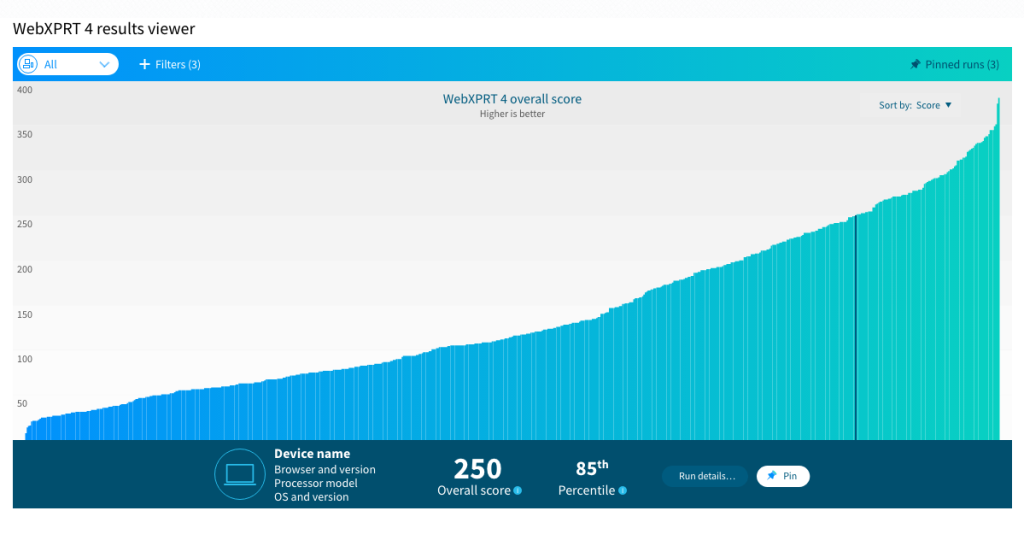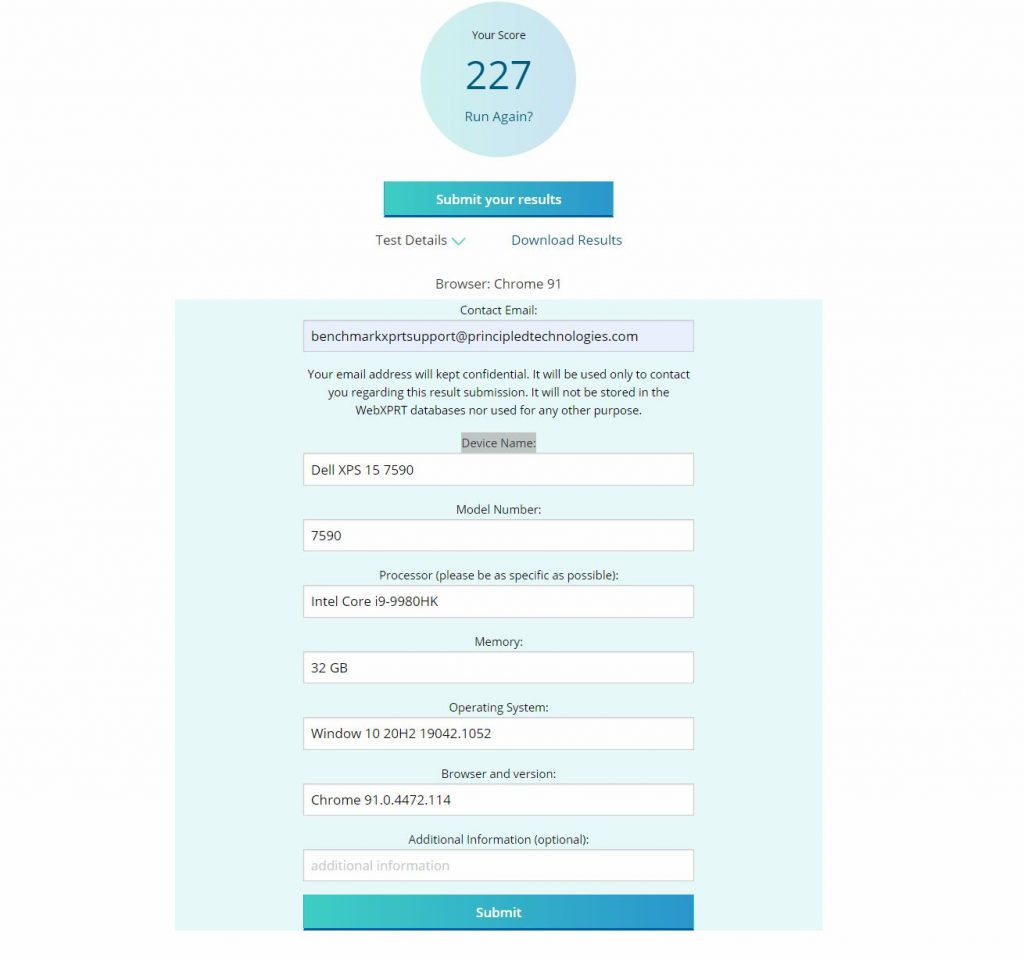During some recent internal WebXPRT 4 Preview testing, we discovered that the WebXPRT 4 Preview does not run in Internet Explorer (IE) 11. In fact, before the first workload begins in IE, the WebXPRT 4 built-in WebAssembly (WASM) check fails and produces an error message.
The reason we haven’t tested WebXPRT 4 on IE 11 before now is that Internet Explorer is currently in its end-of-life phase. Microsoft has been removing support for IE 11 in Microsoft 365 and other apps for some time, they did not include the desktop version of IE 11 in Windows 11, and they are removing support for IE 11 in Windows 10 on June 15, 2022. Among Windows users, the most popular browsers are now Microsoft Edge, Google Chrome, and Mozilla Firefox.
We’re proud that WebXPRT has historically had broad, cross-platform compatibility in almost any browser. However, the modern web is rapidly incorporating powerful tools such as WASM that do not work in older legacy browsers. To maintain the benchmark’s relevance in future years, we need to deprioritize some level of legacy compatibility, and this begins with WebXPRT 4 release.
For the WebXPRT testers who wish to continue testing with IE 11, WebXPRT 3 will remain on our site for the foreseeable future. Barring any further changes from Microsoft, the benchmark should continue to run in existing instances of the Internet Explorer desktop app.
The official WebXPRT 4 launch is approaching, and we hope to announce the release date within the next few weeks! Until that time, we will continue to share the latest updates here in the blog. If you have any questions or comments about WebXPRT 4 or compatibility with legacy browsers, please feel free to contact us!
Justin














